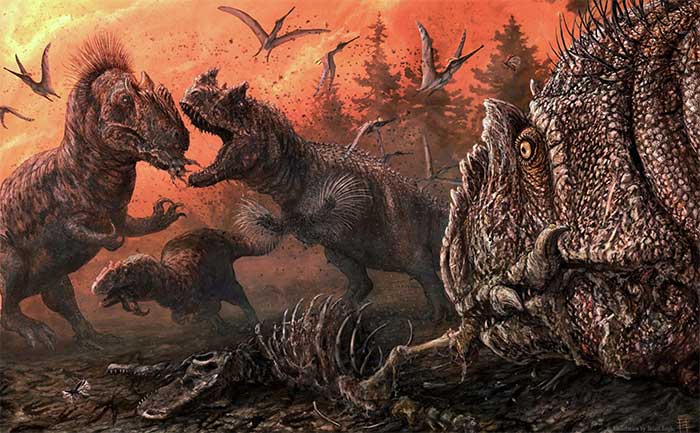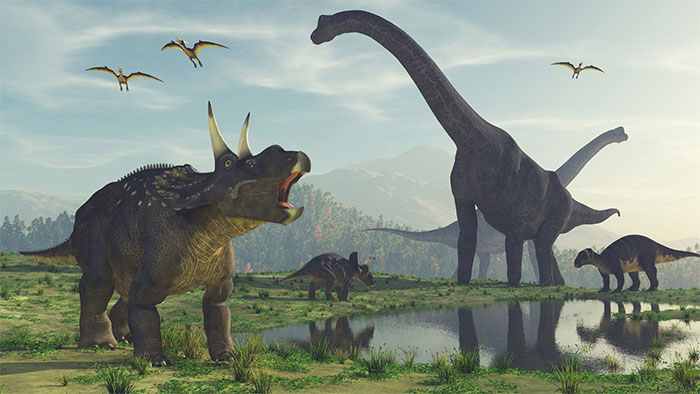We all know that the ultimate cause of the extinction of the dinosaurs was a massive collision between an asteroid and Earth 66 million years ago. However, a recent study from researchers at the University of Bristol shows that dinosaurs experienced a significant decline in numbers starting 2 million years before this collision. This study was published after the research team examined the six most common dinosaur families that lived during the Late Cretaceous period, from 150 to 66 million years ago.

The fact is, dinosaurs experienced a significant decline in numbers starting 2 million years before this collision.
The research team found that all dinosaur species were actively growing and expanding. However, around 76 million years ago, they began to experience a decline. The extinction rates of many species started to rise, while the rates of new species appearing decreased. Using a Bayesian inference modeling algorithm, the researchers were able to explain some uncertainties and address the gaps in the fossil record of these species, as well as their evolutionary patterns.
Each model was run millions of times to increase accuracy, limit raw errors, and determine whether a consistent outcome would occur. According to the scientists, herbivorous species began to disappear first, causing the ecosystem at that time to collapse. Carnivorous dinosaurs fed on these herbivores, meaning that the gradual disappearance of herbivorous species also led to a decline in the remaining group.

Herbivorous dinosaurs.
Explaining the disappearance of herbivorous species, it is suggested that there are two main factors. One is the overall cooling climate, which made it more difficult for dinosaur species that required warm temperatures to thrive. The second factor is that they found long-lived species were more susceptible to extinction, suggesting that they could not adapt to changes in their habitat and evolve to the necessary level to survive.
With this research, we gain a different perspective on the significance of the asteroid impact on Earth 66 million years ago for dinosaur species. Did this meteorite suddenly wipe out the dinosaurs, or had they been gradually disappearing beforehand, with the collision merely acting as a catalyst that accelerated the extinction process?





















































